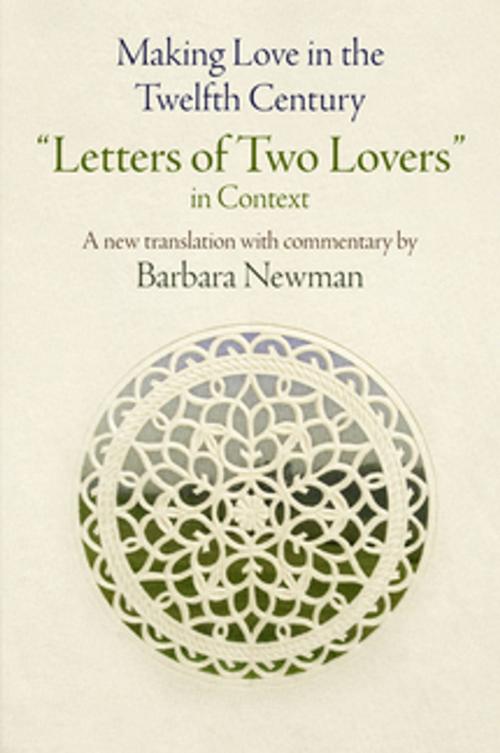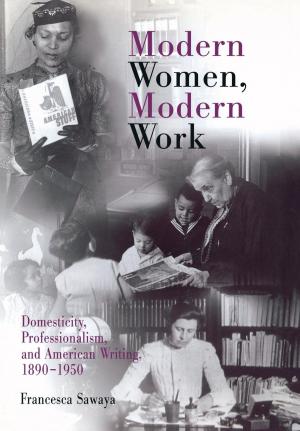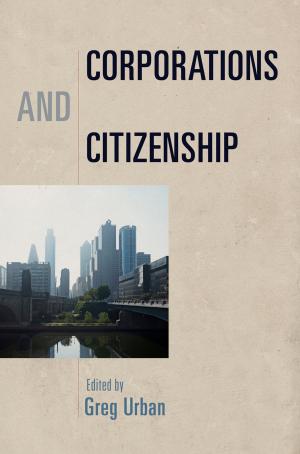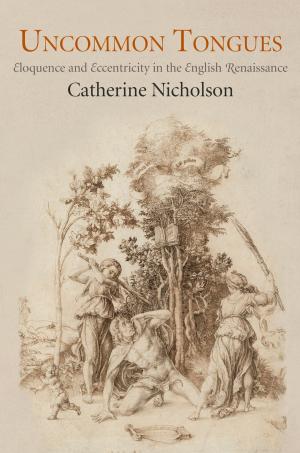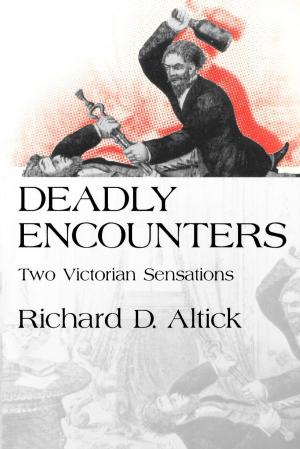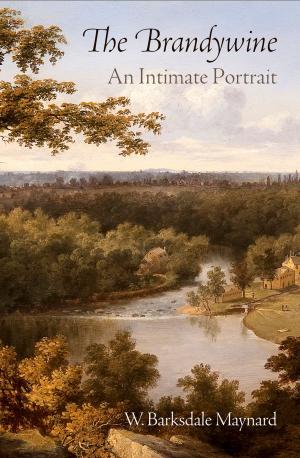Making Love in the Twelfth Century
"Letters of Two Lovers" in Context
Fiction & Literature, Literary Theory & Criticism, Medieval, Ancient & Classical| Author: | Barbara Newman | ISBN: | 9780812292725 |
| Publisher: | University of Pennsylvania Press, Inc. | Publication: | April 29, 2016 |
| Imprint: | University of Pennsylvania Press | Language: | English |
| Author: | Barbara Newman |
| ISBN: | 9780812292725 |
| Publisher: | University of Pennsylvania Press, Inc. |
| Publication: | April 29, 2016 |
| Imprint: | University of Pennsylvania Press |
| Language: | English |
Nine hundred years ago in Paris, a teacher and his brilliant female student fell in love and chronicled their affair in a passionate correspondence. Their 116 surviving letters, some whole and some fragmentary, are composed in eloquent, highly rhetorical Latin. Since their discovery in the late twentieth century, the Letters of Two Lovers have aroused much attention because of their extreme rarity. They constitute the longest correspondence by far between any two persons from the entire Middle Ages, and they are private rather than institutional—which means that, according to all we know about the transmission of medieval letters, they should not have survived at all. Adding to their mystery, the letters are copied anonymously in a single late fifteenth-century manuscript, although their style and range of reference place them squarely in the early twelfth century.
Can this collection of correspondence be the previously lost love letters of Abelard and Heloise? And even if not, what does it tell us about the lived experience of love in the twelfth century?
Barbara Newman contends that these teacher-student exchanges bear witness to a culture that linked Latin pedagogy with the practice of ennobling love and the cult of friendship during a relatively brief period when women played an active part in that world. Newman presents a new translation of these extraordinary letters, along with a full commentary and two extended essays that parse their literary and intellectual contexts and chart the course of the doomed affair. Included, too, are two other sets of twelfth-century love epistles, the Tegernsee Letters and selections from the Regensburg Songs. Taken together, they constitute a stunning contribution to the study of the history of emotions by one of our most prominent medievalists.
Nine hundred years ago in Paris, a teacher and his brilliant female student fell in love and chronicled their affair in a passionate correspondence. Their 116 surviving letters, some whole and some fragmentary, are composed in eloquent, highly rhetorical Latin. Since their discovery in the late twentieth century, the Letters of Two Lovers have aroused much attention because of their extreme rarity. They constitute the longest correspondence by far between any two persons from the entire Middle Ages, and they are private rather than institutional—which means that, according to all we know about the transmission of medieval letters, they should not have survived at all. Adding to their mystery, the letters are copied anonymously in a single late fifteenth-century manuscript, although their style and range of reference place them squarely in the early twelfth century.
Can this collection of correspondence be the previously lost love letters of Abelard and Heloise? And even if not, what does it tell us about the lived experience of love in the twelfth century?
Barbara Newman contends that these teacher-student exchanges bear witness to a culture that linked Latin pedagogy with the practice of ennobling love and the cult of friendship during a relatively brief period when women played an active part in that world. Newman presents a new translation of these extraordinary letters, along with a full commentary and two extended essays that parse their literary and intellectual contexts and chart the course of the doomed affair. Included, too, are two other sets of twelfth-century love epistles, the Tegernsee Letters and selections from the Regensburg Songs. Taken together, they constitute a stunning contribution to the study of the history of emotions by one of our most prominent medievalists.
